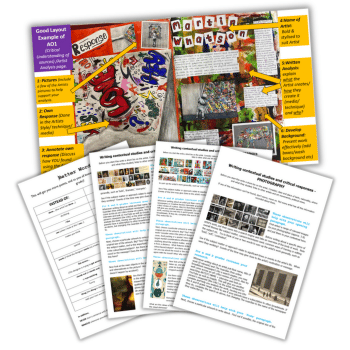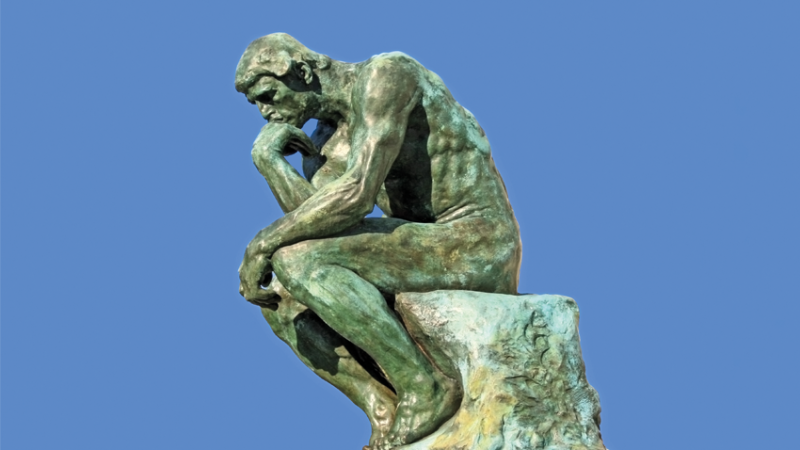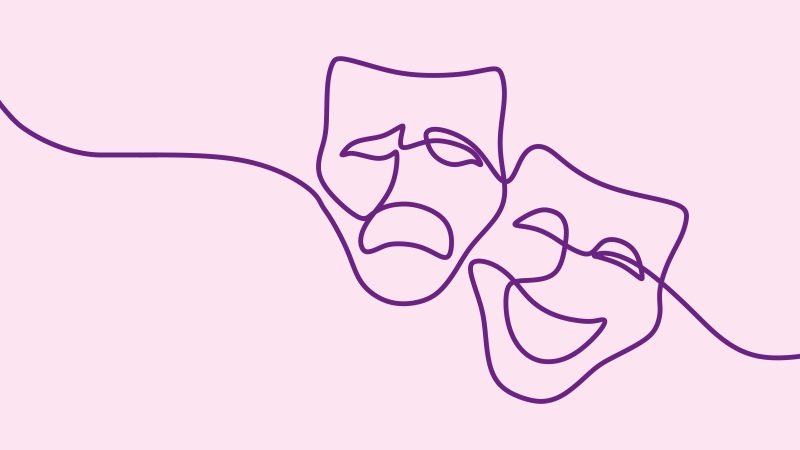Mastery through motivation – How praise can produce better outcomes

It might sound counterproductive to tell your students that they’re great before helping them to improve, but it can be a hugely effective aid to motivation, says Hannah Day

- by Hannah Day

A member of our art department treats every student as if they’re the next Picasso.
At first, I thought this was a mix of laughable and dangerous, but then I saw the results. Rather than resting on their ‘excessively gifted’ laurels, the students receiving this praise actually upped their game. It turned out that their newly imparted sense of self-belief changed how they approached their learning and resulted in improved outcomes.
So I did what all the best teachers do – I observed closely, and then stole this approach for myself. To my surprise, it worked. I wanted to know why, and if the approach might point to anything else we could do as teachers to motivate our students and help them to achieve.
Feel like a genius
The approach of making students feel like a genius works best for those possessing little or no confidence, who are convinced they’re bound to fail and will therefore benefit from a significant confidence boost.
I personally use it after working with a student one-to-one in order to help them overcome a specific hurdle. First, work through the problem with them. Then, when they see the result, congratulate them, regardless of how much of the effort was yours.
It’s important that this is a celebration of what they have achieved, rather than pointing out what they can achieve. You’re highlighting and framing their moment of success, while embedding in them a belief that they made that success happen. Lines such as ‘Look what you’ve achieved!’ or ‘You did that!’ work especially well.
You might initially find yourself heavily supporting the work they’re doing, but as time goes on, they’ll do more and more for themselves. The belief in themselves they’ve built up from their previous achievements will give them the confidence to try and achieve more in the future, thus boosting their self- motivation.
Shift the perspective
For many valid reasons, education can, at times, focus more on instruction-based teaching than on providing students with space for them to explore. This gives students the sense that their education is largely their teacher’s responsibility, but however much the teacher is able to provide, the act of learning is still ultimately down to the student, so help them realise this.
Research by the Harvard psychologist Ellen Langer shows us how that can be done. She studied a group of hotel maids, 67% of whom said they didn’t regularly exercise. Despite being engaged in physical work all day, this proportion saw what they did only as ‘work’.
Langer and her team divided the maids into two evenly sized groups, and had one of the groups talk them through a typical workday, explaining what type of activities they’d be doing. The researchers assessed how many calories these activities could help the maids burn, and pointed out that the combined activities described by the maids met the criteria of an ‘active lifestyle’.
The other group received no such information.
To their amazement, one month later, the ‘educated’ maids displayed reduced blood pressure and had apparently lost weight, despite no changes to their daily routine. The suggestion seemed to be that just by understanding they were exercising, the exercising itself became more physically impactful.
We need to do the same with our students – describe what it is that we’re doing, and then explain why it helps them to learn. Explaining why, for example, units are laid out in a particular order and how this is helpful. Why we teach certain aspects of the course in particular ways, and how different activities or tasks will lead to understanding.
Doing this should, without making any other changes, increase students’ engagement, understanding and motivation, and give way to better outcomes.
Give them a placebo
The scene described above is a form of mental placebo. I thought I might encounter further examples of mental placebos being used in education, but what I didn’t expect was to find someone else using almost the exact same approach.
A separate study carried out by Dr Ulrich Weger and Dr Stephen Loughnan was structured in an almost identical way to Langer’s. After a group of students were set a test, half were told they had ‘special skills’ needed to complete the task while the others weren’t. As with the maids, those who were told they’d do better duly did.
What Weger and Loughnan concluded was that the increase in confidence meant the students felt less of the anxiety or stress that can reduce our ability to perform well under pressure. They effectively replaced worry with confidence, in a way that helped them to achieve their best.
Change expectations, set goals
Many of us will give our students important pep talks before they take exams, but what about when completing coursework, or even ahead of a typical lesson?
This term, I’ve been teaching shape and colour psychology linked to logo design. After reading this research, I decided to apply my own psychological prepping, reminding my students that they already possess a thorough knowledge of different brands, logos and symbolic meanings, that they’ve been steadily developing this awareness over the course of their lives, and that the lesson would therefore be a cinch.
If we can somehow harness students’ perceptions of themselves and their abilities, then we teachers should think about how we target set. Practical to-do lists can often be extremely useful, but we perhaps first need to help students see the bigger picture. We’re more likely to achieve big if we think big.
The practice of future visualisation, or mapping, is increasingly attracting attention. This is the act of imagining your future as you want it to be, and then using that insight to plan the steps necessary to make it happen. If a student therefore dreams of becoming a vet, games designer or hotel manager, what do they need to do to get there?
Of course not all future visualisation is job-related – at least, not at first. What if they dream of living abroad, for example? What jobs might help make that happen? From there, they can start to look at what qualifications or training they might need.
What’s important is that rather than plotting a course from where they are, you start from where they want to be and work backwards, linking targets to the wider vision.
I’ve practised this in my own life and found it to be transformative. From developing new skills to exercising better financial management, I’ve made many successful lifestyle changes by beginning with a future dream in mind. Yes, our goals are often never quite how we imagined them when we finally reach them, but the process of attaining them still moves us forward, giving us a level of bravery we might not otherwise have.
By following the steps outlined above, you can gift your students with increased confidence, a better understanding of how their education is designed to develop their knowledge and a clearer vision of the adult life they want to lead.
I’ve found that my own group of graphic design students have indeed become more confident, buoyant and happy to offer salient, well-informed answers. No doubt they’ll soon be ready to take on the world…
Motivation toolbox
1. Give students control What parts of a lesson or project can students help to determine? Give them options, ask which they want to select and why, and then encourage that approach.
2. Catch them being good and reward them You can’t always give detailed feedback, but how about a raffle ticket? Each time you get a great answer, or see some good independent work, give them a ticket. At the end of each half term, hold a prize draw – the better a student has worked, the more raffle tickets they’ll have.
3. Be your biggest student Model a real desire to learn. If, during a project, you find out something new, tell them. Get excited about it yourself, and link it back to the group’s current knowledge. Let them see your love of discovering new information, and that we’re always learning alongside them.
4. Know both your students now and their future selves If you can find out what your students love or dream of, you can utilise it in their learning. Point out how your subject will support them in achieving their aspirations, and encourage them to always think big.
Hannah Day is head of visual arts, media and film at Herefordshire and Ludlow Sixth Form College











